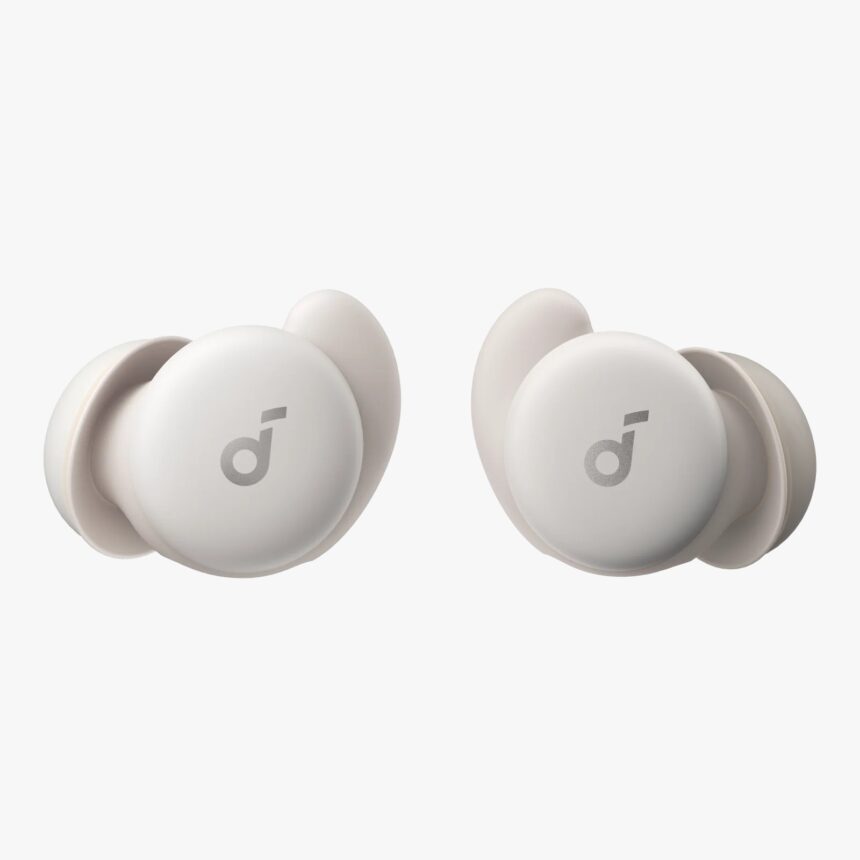In the ever-evolving world of audio technology, open ear headphones have carved out a unique and increasingly popular niche. With people seeking safer and more comfortable alternatives to traditional earbuds and over-ear models, open ear headphones are becoming the go-to choice for runners, cyclists, commuters, and even remote workers. But what exactly are open ear headphones, and why are they gaining so much attention?
What Are Open Ear Headphones?
Open ear headphones are a type of audio device that allows users to listen to music, podcasts, or calls without blocking the ear canal. Unlike in-ear or over-ear headphones, they sit near or outside the ear and use innovative technologies—such as bone conduction or air conduction—to transmit sound. This design keeps the ears open to surrounding sounds, allowing users to remain aware of their environment.
This key difference offers a wide range of advantages, especially in terms of safety, comfort, and multitasking capability.
Why Open Ear Headphones Are Gaining Popularity
Enhanced Safety in Outdoor Activities
For joggers, cyclists, and hikers, situational awareness can be a matter of life and death. Traditional earbuds can isolate you from important sounds like traffic, people shouting, or approaching vehicles. Open ear headphones solve this problem by letting you hear your audio while also remaining aware of your environment. You can enjoy your music or podcast while still being able to respond to a honking car or a barking dog.
This is particularly important for urban commuters or people exercising in public spaces. Safety-conscious design is one of the strongest selling points of open ear headphones.
Superior Comfort for Extended Wear
Traditional headphones can cause ear fatigue or discomfort after long periods of use. Earbuds may irritate the ear canal, and over-ear models can become hot and bulky. Open ear headphones, on the other hand, are often lightweight and rest gently around the ear or on the cheekbone. There’s no pressure inside the ear, and no need to constantly adjust them.
This makes them ideal for long listening sessions—whether you’re working from home, binge-watching a series, or on a long hike. People who suffer from sensitive ears or frequent ear infections often find open ear headphones a welcome relief.
Bone Conduction Technology
One of the most fascinating aspects of open ear headphones is their use of bone conduction technology. Instead of sending sound through the air and into your eardrum, these headphones send vibrations through your cheekbones directly to the inner ear.
This method was once used primarily in medical applications and by military personnel, but has now been adapted for consumer use. It offers a clear and surprisingly immersive audio experience, all while keeping your ears open to ambient sound.
Bone conduction headphones are especially useful for people with certain types of hearing loss, making them not just a lifestyle gadget but also a potential assistive device.
Improved Hygiene and Reduced Ear Damage
Let’s face it: earbuds can be a breeding ground for bacteria, especially when worn for hours during exercise or hot weather. They trap sweat, dirt, and wax, which can lead to infections or irritation.
Because open ear headphones don’t sit in your ear, they’re a more hygienic option. There’s less buildup of sweat and wax, and they’re generally easier to clean. Plus, by not blasting sound directly into your ear canal, they may reduce the risk of long-term hearing damage when used at reasonable volumes.
Ideal for Multitaskers
Whether you’re a parent watching your kids, a remote worker attending meetings while keeping an ear on household sounds, or someone who likes to listen to podcasts while cooking, open ear headphones can keep you tuned into two worlds at once.
They’re perfect for people who want to listen without disconnecting from their surroundings. You can hear the doorbell, a colleague’s question, or the oven timer without having to take off your headphones.
Popular Brands and Models
The rise in popularity of open ear headphones has led to a surge in product offerings. Brands like Shokz (formerly AfterShokz), Bose, and even newer startups have entered the space.
- Shokz OpenRun Pro: Known for their lightweight design and bone conduction sound, these are a favorite among athletes.
- Bose Ultra Open Earbuds: A more premium option with excellent sound quality and innovative open-ear design.
- Sony LinkBuds: These offer an “open ring” design that allows ambient sound in while delivering high-quality audio.
Each brand offers slightly different features—some with better battery life, others with superior waterproofing or more immersive sound. Depending on your budget and needs, there’s likely an open ear model out there that suits you perfectly.
Are There Any Drawbacks?
Of course, no device is perfect. Open ear headphones often don’t offer the same bass response as traditional headphones, due to the lack of a sealed ear canal. Audiophiles looking for deep, resonant sound might prefer conventional models.
Also, because they allow external sound in, they might not be the best option for loud environments like subways or crowded cafes where background noise can overpower your audio.
Still, for many users, these trade-offs are acceptable in exchange for the comfort, safety, and versatility that open ear headphones provide.
Who Should Consider Open Ear Headphones?
If you fall into any of the following categories, open ear headphones might be ideal for you:
- Runners, cyclists, and outdoor fitness enthusiasts.
- Office workers or remote professionals needing long-term comfort.
- Parents or caregivers who need to stay alert.
- Individuals with certain hearing challenges.
- Anyone who dislikes the feeling of traditional earbuds or over-ear headphones.
In short, these headphones aren’t just a niche trend—they’re a practical choice for a wide range of lifestyles.
The Future of Open Ear Listening
The market for open ear headphones is only expected to grow. As more consumers prioritize safety, health, and comfort, manufacturers will continue to innovate. Expect to see improvements in sound quality, battery life, and materials in the coming years.
We’re likely to see more hybrid models that combine open ear design with features like active noise cancellation (for adaptable listening) or smart assistant integration.
Final Thoughts
Open ear headphones represent a significant shift in how we think about personal audio. They blend safety, comfort, and innovative technology into a form factor that’s well-suited to the modern lifestyle. Whether you’re working, exercising, parenting, or just walking the dog, open ear headphones allow you to stay connected to both your media and the world around you.


